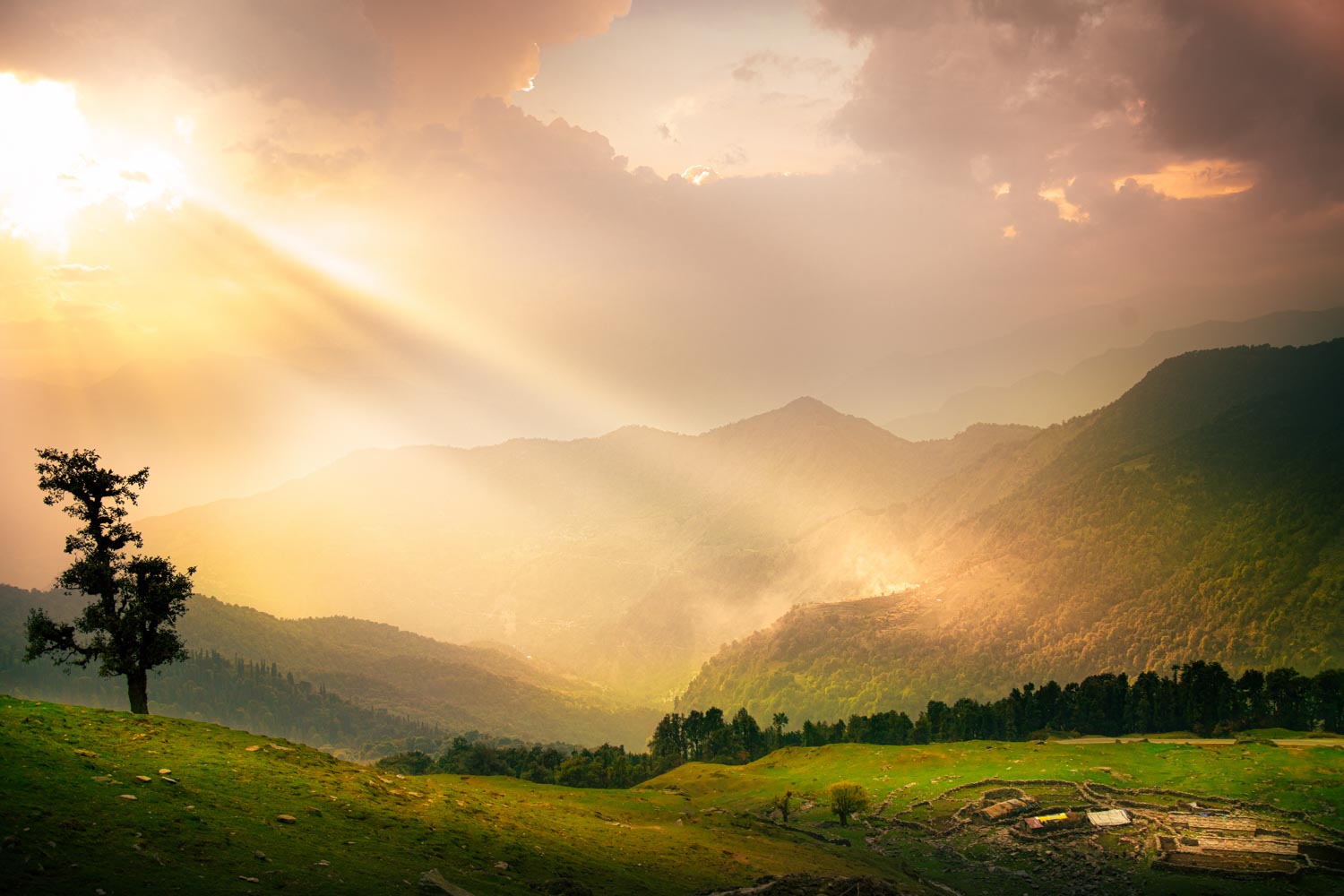Rise by Six: Your Daily Dose of Inspiration
Explore insights and stories that elevate your day.
Nature's Hidden Lens: Capturing Magic in Every Frame
Discover the secrets of nature’s beauty and learn how to capture breathtaking moments in every frame. Unleash your creativity now!
The Art of Nature Photography: Tips for Capturing Stunning Landscapes
The art of nature photography lies in capturing the beauty of the world around us, and stunning landscapes play a crucial role in this creative endeavor. To begin with, understanding your surroundings is key. Take the time to scout locations and plan your shoots during the golden hours of sunrise and sunset, when the light is soft and warm. This is when nature reveals its most vibrant colors and textures, creating breathtaking scenes that are a photographer's dream. Additionally, consider the rule of thirds when composing your shots; position key elements along the grid lines to create a more dynamic and engaging image.
Another essential aspect of the art of nature photography is the use of the right equipment and settings. A sturdy tripod can help stabilize your camera for long exposures, allowing you to capture the movement of clouds or flowing water. Experiment with different aperture settings to achieve the desired depth of field; a lower f-stop will isolate subjects while a higher f-stop will keep more of the scene in focus. Lastly, don’t forget to bring along a polarizing filter to enhance colors and reduce glare. Remember, practice and patience are vital—spend time observing nature, and you will gradually develop your unique style.

Exploring the Macro World: How to Capture Nature's Smallest Details
Exploring the macro world can reveal an astonishingly intricate universe teeming with natural beauty. With the right photographic techniques and equipment, you can capture the unseen details of small creatures and delicate plants that often go unnoticed. To start your journey into macro photography, consider investing in a good quality macro lens that allows for close-ups of your subjects. Additionally, utilizing a tripod will help you achieve sharp images by minimizing camera shake, which is crucial when shooting at high magnifications.
When you're ready to begin capturing nature's smallest details, keep a few key tips in mind:
- Lighting: Natural light works best, especially during golden hours just after sunrise or before sunset.
- Focus: Use a narrow depth of field to create a beautiful bokeh effect that isolates your subject and enhances details.
- Background: Pay attention to your background; a simple, unobtrusive backdrop can make your subject pop.
What Makes a Photograph Truly Captivating in Nature?
When it comes to nature photography, several key elements combine to create a truly captivating image. First and foremost, lighting plays a crucial role; the magic hour—just after sunrise or before sunset—offers a warm, golden glow that enhances the beauty of any landscape. Additionally, composition is vital. The rule of thirds can guide photographers in framing their shots effectively, while leading lines draw the viewer's eye deeper into the photograph. Texture also adds depth, whether it's the intricate details of a leaf or the ruggedness of rocky terrain, providing a sensory experience that resonates with the audience.
Moreover, emotional connection is a vital aspect of captivating nature photographs. A successful image often tells a story or evokes a specific feeling, whether it’s the tranquility of a foggy morning or the awe of a towering mountain range. Incorporating elements such as wildlife in their natural habitat can further enhance this connection, as they often convey themes of life and survival. Lastly, post-processing can refine an image to bring out its best qualities without overshadowing the original beauty of the scene captured. Ultimately, a photograph that speaks to the soul is what makes an image truly captivating.